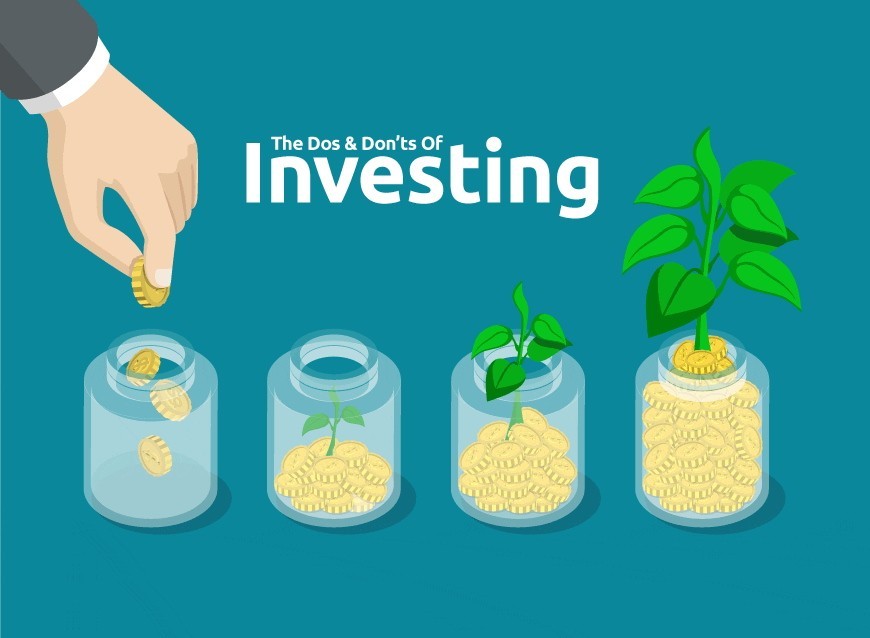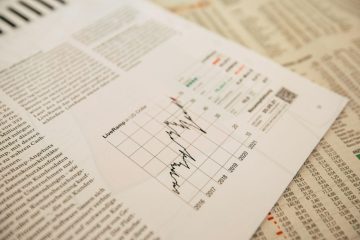Investing in securities: These professional tips help you avoid mistakes

More than 200 million people worldwide actively invest in stocks, primarily in the technology, health care and energy sectors. The average investment amount is around €10,000 per investor. Stocks offer great potential, but also entail significant risks. Mistakes often happen when investors jump in too late and without forethought.
Buying at too high a price
Many investors buy stocks at the wrong time. Often, they opt for stocks that are in high demand during boom phases. In doing so, they buy stocks that have already become expensive due to high demand, which increases the risk of losses. Investors tend to buy into companies that appear to be stable, but even these can quickly lose value after price slumps. A much wiser approach is to follow indices such as the Dow Jone or the DAX, which reflect broad market developments.
Recognising undervalued opportunities
Indices often contain companies that are stable and have a long-term orientation, but may be undervalued at times. Investors benefit when they buy in phases of low valuations. This increases the probability of long-term profits when stock prices pick up again. Such a phase can offer investors attractive buying opportunities because the value of the company may be listed below its actual potential. The upside is that significant price gains can be achieved during a subsequent upturn. But how can these opportunities be identified?
Observing professional securities traders can be a decisive advantage here. Professionals use extensive analysis and proven strategies to identify potentially undervalued stocks. These experts regularly analyse financial reports, market developments and economic forecasts, also taking into account less obvious factors such as geopolitical influences or industry-specific trends.
Choose your advisor with care
A common mistake made by private investors is to choose unqualified advisors. Those who follow unreliable recommendations often risk losses. Reputable financial service providers have an official licence, such as one issued by www.lei.net. The introduction of the LEI system was a response to the 2008 financial crisis, designed to ensure market transparency and traceability.
How trustworthy is the LEI ID really?
To apply for an LEI number, a financial services provider must submit various documents that confirm its legal identity. These include, among other things, an extract from the commercial register, information about the management and ownership structure, and an official address. Some providers also require proof of financial standing or any certifications in financial advisory services. The documents are verified to ensure that the applicant meets the legal and financial standards. The entire process usually takes five to seven business days, depending on the complexity of the organisation.
Lack of focus in investment
A clear focus on stable industries is a proven approach to successful investment. While volatile industries such as consumer goods and luxury items can be subject to high fluctuations, sectors such as healthcare, technology and utilities often offer reliable returns. These areas are less sensitive to economic changes because demand for their products and services remains relatively constant. For example, AstraZeneca, a leading healthcare company, is one of the most stable stocks in the UK market. Thanks to the steady demand for its drugs and healthcare services, AstraZeneca delivered an annual return of around 7 per cent in 2022, despite economic uncertainty.
Investing in utilities for stability
Utility companies such as National Grid are also known for their resilience in a crisis. National Grid, which is responsible for electricity supply in the UK and parts of the US, offers investors stable dividends, often in the range of 4-5% annually. These companies benefit from the continuous demand for energy, which enables stable returns even in economically difficult times. This industry is one of the most reliable in the UK: during 2020, when the global economy shrank by around 4.5%, the shares of major utilities remained stable and fluctuated only slightly.
Technology: a growth industry with long-term potential
In addition to health and utilities, the technology sector also shows sustainable growth potential. Companies such as Microsoft and Alphabet have generated average returns of 20% per year over the last five years, as their services are in demand in all economic phases. A targeted focus on stable industries helps investors to spread risk and keep their portfolios resilient even in turbulent times.
Choose the right strategy
Investing in securities requires a clear and strategic approach to be successful in the long term. Different strategies offer different advantages depending on the investor’s goals and risk tolerance. One of the most proven methods is the dividend strategy, which involves investing in stocks that consistently pay dividends. This provides regular income and can be particularly attractive in low interest rate phases, as dividend yields often exceed the interest earned on traditional savings products. For example, in the FTSE 100, the average dividend yield of stable companies was around 4% in 2022, while savings accounts often offered minimal interest. This strategy not only provides investors with steady income, but also stability and potential for growth.
Warren Buffett’s ‘buy and hold’ approach
Another well-known approach is the ‘buy and hold’ strategy favoured by investment legend Warren Buffett. Buffett emphasises that ‘the stock market serves to transfer money from the impatient to the patient.’ This strategy is based on holding shares in solid companies over the long term and benefiting from their continuous growth. Buffett prefers to invest in companies with stable business models and a strong competitive advantage. This strategy is particularly effective for established companies that generate stable profits over many years.
Reinvestment: The power of compound interest in the stock market
Those who invest successfully should not keep their capital in their savings account. Instead, it is better to reinvest it (at least in part). This allows investors to take advantage of the so-called compound interest effect. For example, the S&P 500 shows an annual average return of around 10%, but with reinvestments, the historical return was over 12%. Over a 30-year period, long-term investors can turn €10,000 into more than €170,000 by reinvesting dividends. Many brokers offer automatic reinvestment plans, making this strategy straightforward and flexible.










